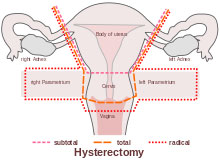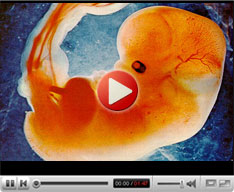
Know Infertitlity
Infertility treatments
Diagnosing InfertilityMale:
Obstetrics and Gynaecology
Infertility Treatment Services
Andrology |
Total laparoscopic Hysterectomy
A Total Laparoscopic Hysterectomy (TLH) is a surgical procedure performed to remove the uterus by using an instrument called the laparoscope. This instrument is inserted through a small incision into the abdominal wall to get a clear view of the abdomen. The main advantage of this procedure is that it is a minimally invasive techniquewhich requires smaller incisions, shorter hospital and recovery time. Although the cervixis removed during thesurgery,the ovaries may or may not be removed depending on your condition. Total Laparoscopic Hysterectomy ProcedureIn this procedure, general anaesthetia is administered to the patient followed bycarbon dioxide gas to inflate the abdomen. The surgeon will insert the laparoscope through small incisions that is made in the abdomen which is also used to insert other instruments that are required for the surgery. A cut is made around the cervix and into the vagina to enable the removal of the uterus through the vagina. The cut is later closed with stitches. In cases where both the tubes and the ovaries need to be removed at the same time, then they will also freed and removed through the vagina. This is followed by washing the pelvic cavity with a sterile solution after whichmost of the gas will be removed and the wounds closed with absorbable sutures. In some cases, a small drain tube is inserted through one of the incisions to drain out some blood stained fluid and gas after the surgery which is removed the next day. The operation usually lasts for about one and two hours. Risks with laparoscopic hysterectomy
|
Our TeamNews & EventsClinic LocationVideo Gallery |















